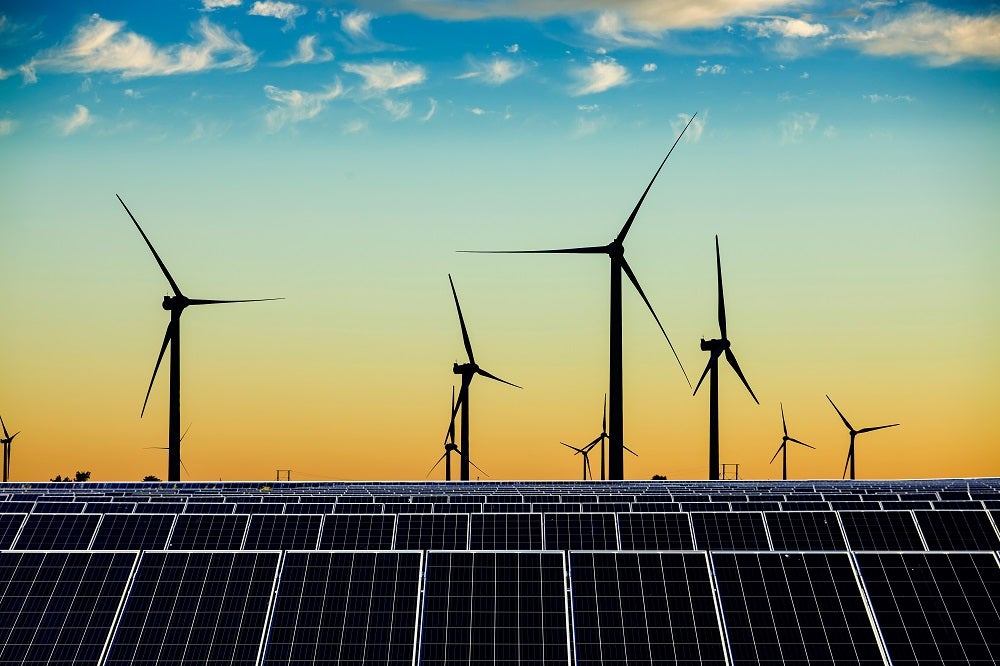
Spending cuts enforced across the global energy industry last year due to the pandemic will be clawed back in 2021, with investment poised to grow 10% to $1.9tn.
That is a return to pre-crisis levels, but the composition of capital expenditure will be more tightly focused on electricity generation than ever before, with a record $820bn set to flow into the power sector this year.
Of the $530bn earmarked for new power generation capacity, 70% will be directed into renewable energy projects, according to a new analysis from the International Energy Agency (IEA).
Yet despite these signs of recovery from 2020’s historic decline, the report suggests current investment trends remain “far below what is required” if international climate targets are to be achieved.
“Clean energy investment would need to double in the 2020s to maintain temperatures well below a 2C rise, and more than triple in order to keep the door open for a 1.5C stabilisation,” the agency said.
It repeated previous calls for governments to send clearer policy signals to the market that would reduce the uncertainties still associated with many low-carbon technologies, and “provide investors with the long-term visibility they need”.
“Governments need to go beyond making pledges to cut emissions and take concrete steps to accelerate investments in market-ready clean energy solutions and promote innovation in early-stage technologies,” said IEA executive director Dr Fatih Birol.
“The rebound in energy investment is a welcome sign, and I’m encouraged to see more of it flowing towards renewables – but much greater resources have to be mobilised and directed to clean energy technologies to put the world on track to reach net-zero emissions by 2050.”
Oil and gas industry showing signs of diversification to clean energy investment in 2021
In the upstream oil and gas sector, investment is set to rise by around 10% after a bruising year for producers that prompted deep cost-cutting measures. But despite the gains, overall oil and gas spending of around $350bn will remain well below the levels seen in 2019.
Major international producers and US-focused shale operators are maintaining a cautious outlook and capital discipline after a loss-making 2020, prioritising their balance sheets and investor returns over new projects.
However, the report notes that some national oil companies, particularly in China and the Middle East are raising their investments, eyeing new market share as fuel demand – decimated last year by the pandemic – gradually recovers.
Some major oil and gas companies are beginning to diversify their capital spending as they pursue strategies to lower their exposure to fossil fuels, with the IEA’s analysis showing clean energy could account for around 4% of sector-wide spending this year, up from 1% last year, if current trends continue.
For some of the European majors, which have jumped ahead of their US counterparts on climate strategies, this allocation could reach as high as 10%.
The analysis also found a pronounced divergence between investment priorities and climate targets in emerging markets and developing economies, which it described as “a major fault line” developing in the global energy transition ahead of the COP26 climate summit later this year.






